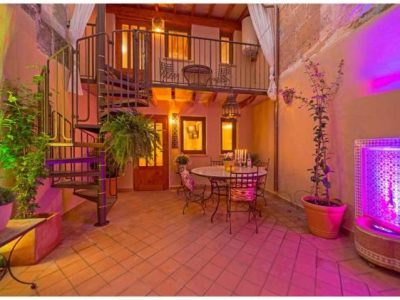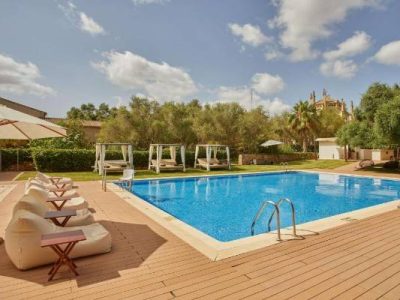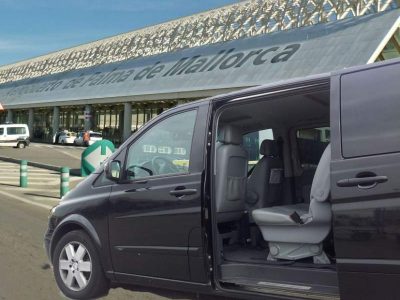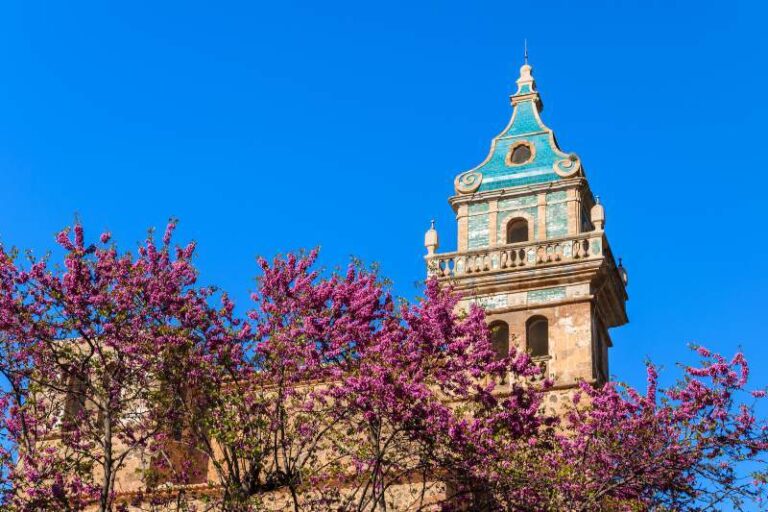All your holiday planning needs in one place, letting you book direct and benefit from official online rates
- Places To Go
- Things To Do
What’s Your Interest?
Traveling with kids
- Blog
Church & Convent of Sant Bonaventura
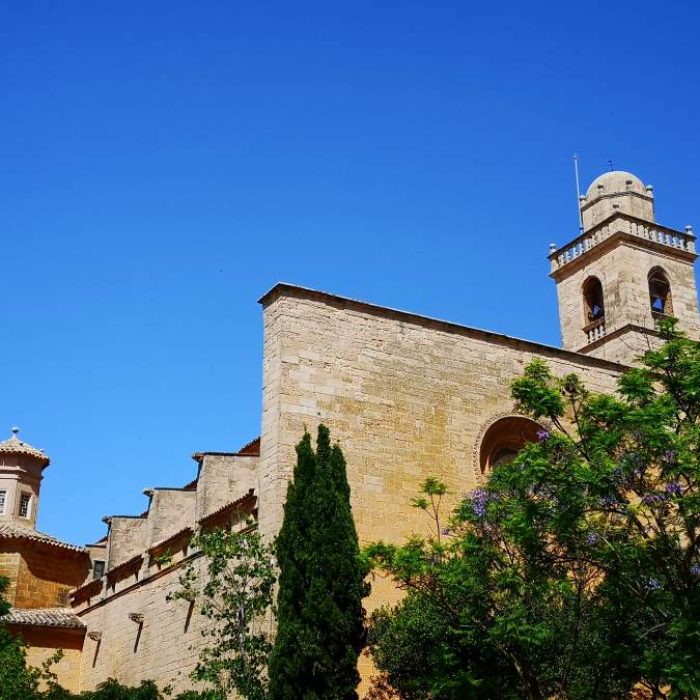
FEATURED EXPERIENCE

Once in a Lifetime Experience: Private Hot Air Balloon Ride
From: €750
- Lowest Online Rates
History of the Sant Bonaventura convent
The idea of founding a convent in Llucmajor came from father Catany, a native of the area whom at the time was settled in the convent of Jesus de Palma. Brothers and preachers came to Llucmajor to ask of alms at the farms in order to raise fund for a convent. The Carmelitas were the first to try and settle, but the congregation decided on the Franciscans. And so, the first Franciscan convent was founded in the Carrer de Monestir, in 1576.
The first years, the Franciscan convent solely existed on the mercy of the local council that supported them. But soon after moving in, the brothers began their apostolic deeds, facilitating teaching and helping the ill. The new convent of Llucmajor soon became an important center of Christian faith and culture.
The church of Sant Bonaventura
Already in 1608, on June 3, the Franciscans relocated to the current location, where the church was built between 1620 and 1656. The church is of Renaissance style with sober and elegant lines. The main entrance portal is beautifully carved in Baroque style, with the traditional Porta Coeli (Heaven’s Gate) incorporated.
The empty niches on each side of the door used to store statues of Francis of Assisi and Mallorcan philosopher Ramon Llull.
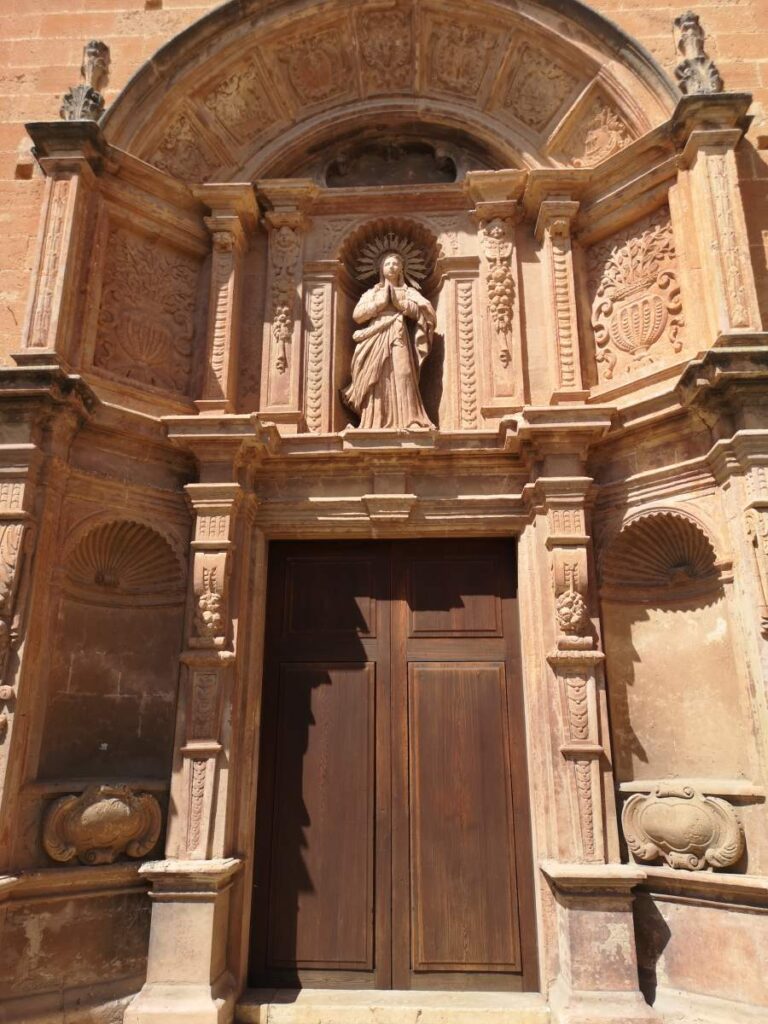
In the upper part of the portal you can see the immaculate Virgin Mary and above the Franciscan shield. Higher on the facade you can see the rosette with concentric mouldings, and to the right of it a sundial.
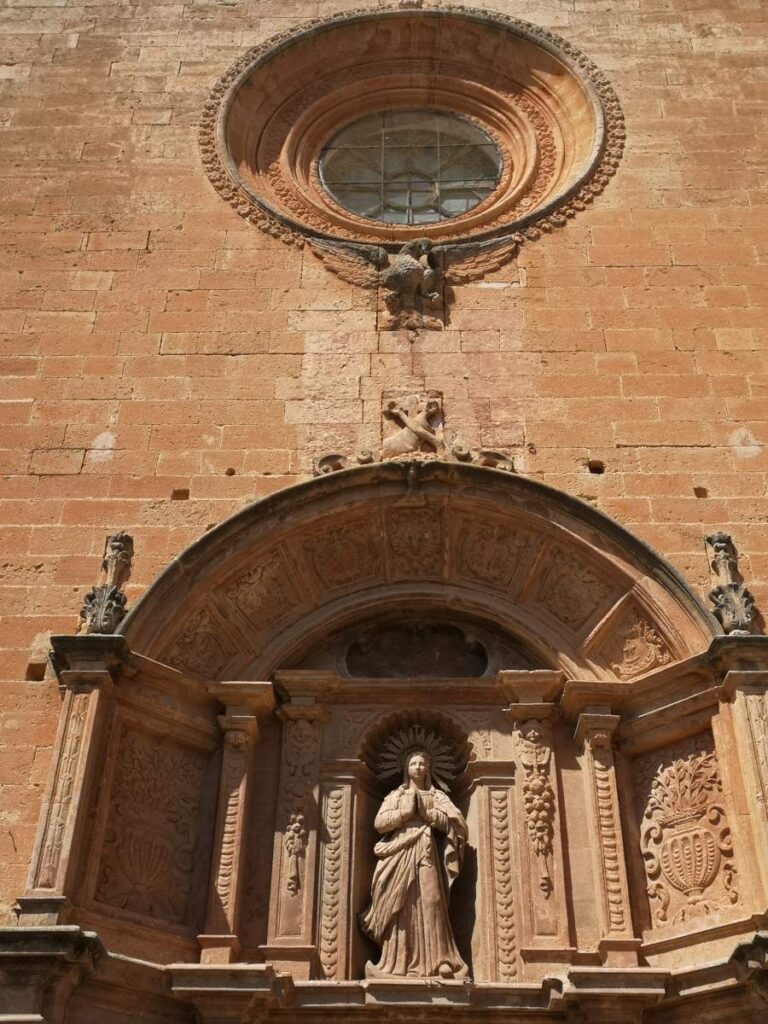
The side portal of the church is too of Baroque style, with the figure of Bonaventura at the top of it.
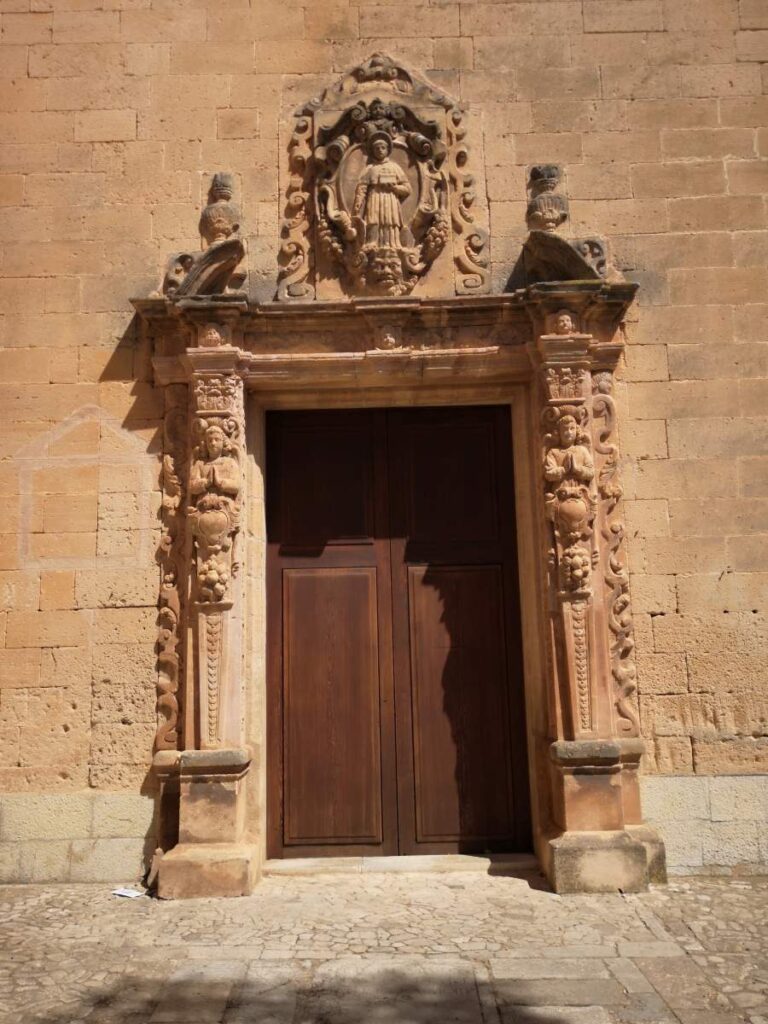
Highlighted inside the church is the chapel of Bethlehem, which is of great devotion by the Franciscans. Also, the 17th century Baroque altarpiece is worth noticing. Among the illustrious Franciscans of Llucmajor, the figure of Father Boscana (1775-1831), who participated in the Californian Mission of San Juan de Capistrano, stands out.
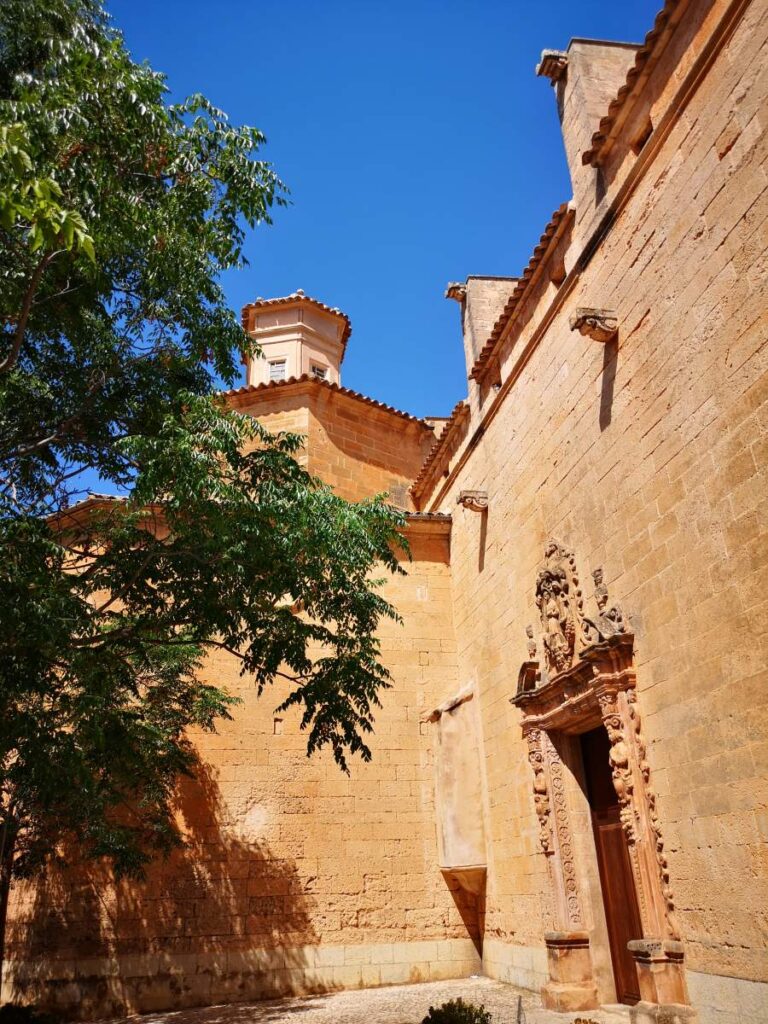
The convent buildings of Sant Bonaventura
The convent was built during the last part of the 17th century, consisting of cloister, small annexes and orchard. The internal spaces of the convent; cells, offices, workshops, refectory, kitchen, porter, library, restrooms, chapter house, were distributed around the cloister, the lower floor was finished around 1670 and the upper one around 1697.
Sant Bonaventura was occupied by the Franciscan until the Confiscation of Mendizábal, in 1836. The Confiscation of Mendizábal, or the Ecclesiastical Confiscation of Mendizábal, had major consequences for the Spanish society and economy.
The buildings of the convent was used for various purposes, but for the majority of the period until 1998 the Civil Guard occupied it. On August 23, 2002, the convent was declared Asset of Cultural Interest, and a recovery project was initialized.
Particularly highlighted in the cloister of Sant Bonaventura, are the grisailles on the walls. These paintings were made in the late 17th or early 18th century, shortly after the completion of the cloister in 1697. The cloister of Sant Bonaventura is the only one in Spain and one of the few in Europe where this type of paintings are preserved in a such splendid condition.
Among the illustrious Franciscans, Father Jerónimo Boscana (1775 – 1831) who participated in the Californian mission of San Juan de Capistrano stands out, following the example and message of the well-known Franciscan Fray Junípero Serra.
Info
- Carrer Fra Joan Garau, 2, 07620 Llucmajor (get directions)
- +34 971 669 758






